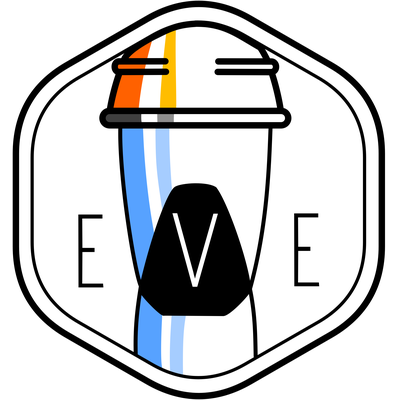Introduction
In the last decade for software open source philosophy allowed a drastic reduction of costs for shipping and maintaining complex software stacks; most of the biggest projects are indeed open source (e.g. K8s, Linux, OpenStack, VLC) and the Open Source philosophy is used by companies to enrich the conception phase by the contribution of the community, to speed up the feedback loop since it allows direct customers to interact more easily with the developers, to lower the costs since it allows bright developers to get easily in touch with an idea and contribute to it drastically. This vivid environment also brought efficient methodologies of project management to be development and shine and more and more we understood that Open Source is not antagonist to profit (see RHEL).
In contrast to this open and fervent world, Aerospace and Space industry is notoriously risk adverse, especially in Europe, slow and extremely cost ineffective.
The development and management strategies of SpaceX show a high level of affinity with techniques like agile, and continuous development that have been invented for software engineering. We think it is also time for Open.
Getting Involved
If you like what we want to achieve, and you'd love to give us a hand: Register to FOSM > Join the Project and present yourself. Everyone is welcome ! We will accept you and give you a link to the discord server of the project we use for chat and meetings 🔥
What?
The final aim of this project is to build a Methalox (i.e. LOX + LCH4) LRE (Liquid Rocket Engine) that would be completely open source, in terms of software used to design, hardware schematics and installation procedure. The idea is to create the smallest engine unit that could be used as customization base for companies that need a LRE. The current idea is to build a unit that could be used, as more plug & play as possible, as the engine unit of a last stage of a modern launcher, but also as standardized component for a clustered first stage engine. The idea is to work only on the motor package, without taking into consideration the tank that is a hell of a pain to size and build.
How?
The idea here is to proceed step by step. We did not plan all the steps down: we’re gonna try to apply a rolling wave approach just planning the very next things to do in details and leave the general vision for the medium and long term achievements. In any case I’ll list the general ideas we have at the moment, but first we decided for few principles leading the project:
Fast prototyping: we want to leave the philosophical masturbation at the bare minimum. We want to build some hardware the fastest possible and at the minimum cost
Fail fast, fail often: we want to be able to test several times also the smallest ideas, so the hardware needs to be cheap in order that the “cost per explosion” would be low.
Unified source of truth: documenting is a pain in the ass, so we need to figure out a way to keep all the documentation we produce in one place, easy to search and easy to produce
On the base of these principles we decided the first steps to take:

The first thing we are going to build is GOX/Ethanol Engine, so we won't be cryogenic. The aim here is to start quickly to build something and make some experience. Basically, the deliverables of this first concept will be:
- The test bench and feed system: that means all the piping, control and monitoring that we’d like to re-use for future concepts. The idea being to be as modlar and movable as possible
- All the software that we will design to estimate all the things we’ll need
- Lots of fun!
Technology Stack
Control System
The control system is based on a (potentially series of) ESP32 microcontroller, to which a series of sensors (notably a pressure sensor, a thermocouple and load cell) are connected. The ESP32 then transmits the data wirelessly to a receiving computer, using a MQTT protocol.
Hardware
For the first prototype, the hardware we're targeting is off-the shelf metallic cylinder / pipes available in general hobby stores.
Where?
One of the problems with this project, we know, is going to be the test site. It is a difficult matter, and partnerships will need to be instated if we aim at testing our system in the best conditions possible. In this frame of perspectives.

